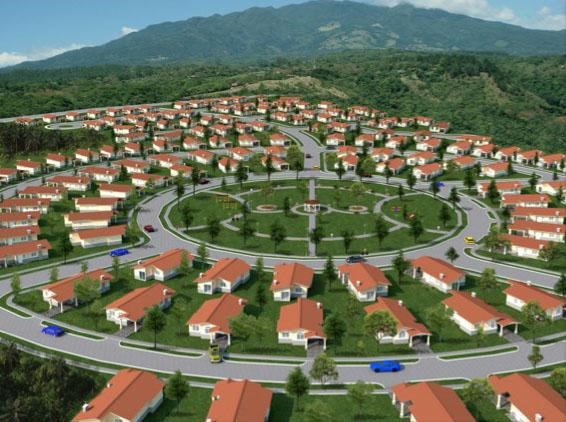- Zoning laws limit the construction of affordable housing; the intended and unintended consequences of those laws are Alphabet District in Northern Las Vegas and Los Angeles Skid Row.
- Zoning laws contribute significantly to the income gap, wealth inequality, and lack of upward mobility.
- The upper-middle-class, who often lives in gated communities, is a staunch supporter of zoning laws because they prohibit low-income housing from being built in their suburbs.
Zoning laws obstruct social mobility for millions of Americans. And they contribute significantly to the widening income gap, wealth inequality, and poverty.
Today, three Americans have as much wealth as the bottom 50 percent of the U.S. population. That statistic, as mentioned earlier, needs to command the attention of all Americans. However, people who are having this debate often blame the wealthiest Americans or the top 1 percent as the sole cause of the inequity.
The country’s upper-class or the top 20 percent wealthiest Americans, either through legacy admission, nepotism, and zoning rules, are obstructing social mobility for the rest of the population. Zoning rules are the most effective tools in the top 20 percent wealthiest Americans’ toolbox.
How Do They Dot It?
Zoning laws limit the construction of affordable housing; the intended and unintended consequences of those laws are Alphabet District in Northern Las Vegas and Los Angeles Skid Row. The upper-middle-class, who often lives in gated communities, is a staunch supporter of zoning laws because they prohibit low-income housing from being built in their suburbs.
The scarcity of land combining with zoning laws makes it difficult for low-income developers to address the housing affordability crisis. A vast majority of American workers spend up to 50 percent of their disposable income on housing.
The top 20 percent wealthiest Americans, who often are the beneficiaries of legacy admissions and nepotism, need to be held accountable too for the plight of the American working-class. Consistently, they vote and implement policies that solidify theirs and their kids’ upper-middle-class status while obstructing upward mobility for the bottom 80 percent of income earners.








Pingback: 8 Best Countries for Social Mobility - FMC
Pingback: 10 HOUSING CHALLENGES FACING THE MIDDLE CLASS - FMC